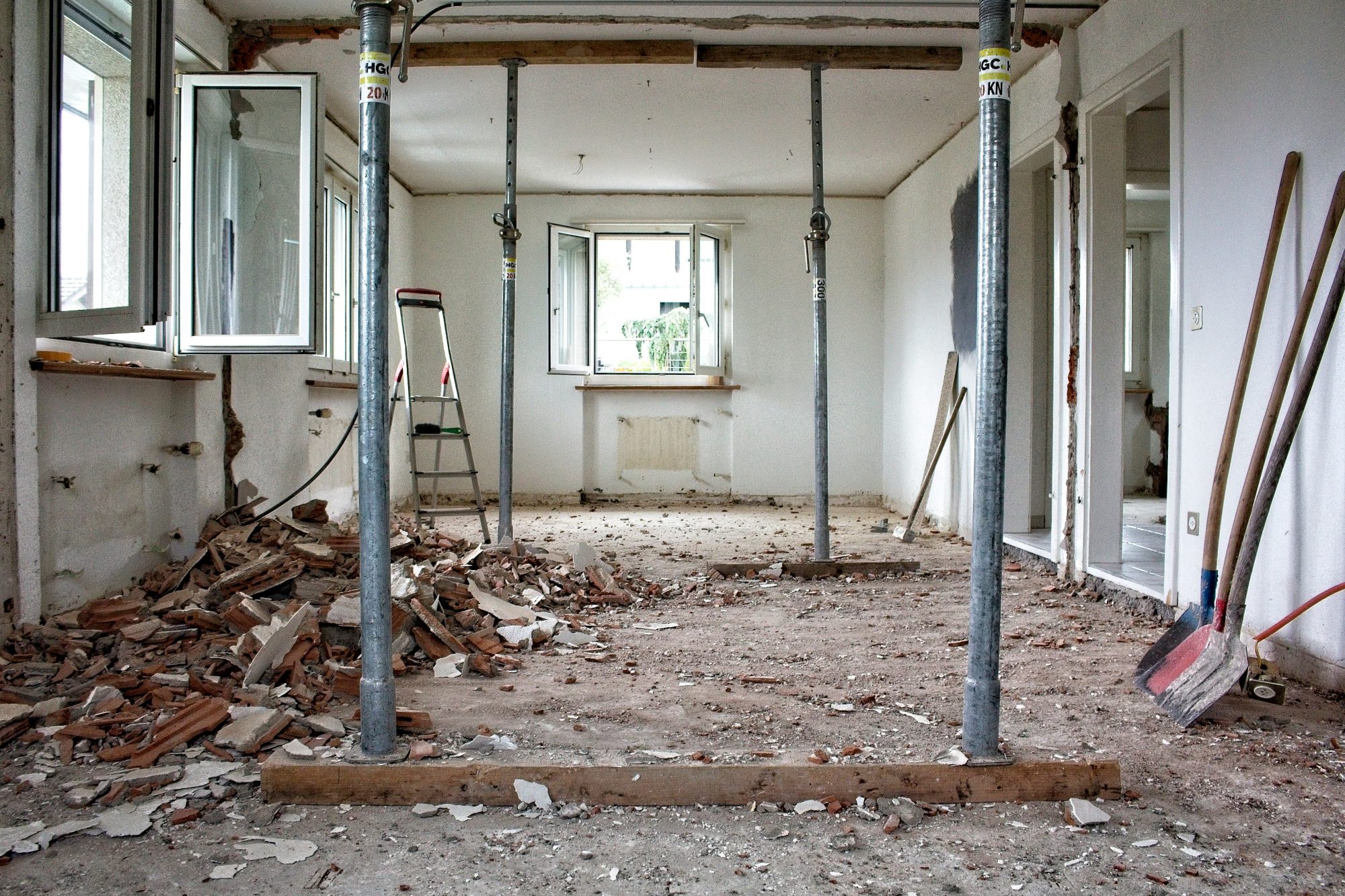Renovating a home often involves removing walls, altering layouts, or even partial demolitions. While these changes can enhance space and functionality, they also pose significant safety risks if not handled properly. Understanding the key principles of safe demolition and structural alterations can help prevent serious issues such as collapses, injuries, and costly mistakes.
1. Understanding Structural Integrity Before Demolition
Not all walls are created equal—some provide essential support to your home’s structure. Before removing or altering any part of a building, a structural assessment should be conducted to identify:
- Load-bearing walls that support upper floors or roofs.
- Beams and columns that distribute weight.
- Foundation implications if significant alterations are planned.
🔹 Tip: Always consult a qualified structural engineer before making major alterations to ensure safety.
2. Safe Demolition Practices
Demolition isn’t just about knocking things down—it requires a controlled approach to avoid damage and injury. Best practices include:
- Sequential Demolition – Removing sections in a logical, controlled order to prevent unexpected collapses.
- Proper Equipment & PPE – Using tools like dust suppression systems, structural props, and wearing protective gear (masks, gloves, goggles, etc.).
- Debris Management – Keeping the site clear of rubble to avoid trip hazards and ensure efficient waste disposal.
🔹 Tip: Never assume that walls are non-structural without verification. Hidden support elements like steel reinforcements or joists could be affected.
3. Temporary Supports & Propping
When removing load-bearing elements, temporary supports are critical to maintain the building’s stability. These may include:
- Acrow props to support ceilings or beams.
- Strongboys for targeted support of openings.
- Timber bracing to reinforce structures during work.
🔹 Tip: Temporary supports should be correctly positioned before any demolition begins to prevent stress cracks or collapses.
4. Handling Hazardous Materials
Older buildings often contain hazardous materials such as:
- Asbestos (common in insulation, ceiling tiles, and pipe lagging)
- Lead Paint (found in pre-1970s homes)
- Silica Dust (generated from cutting concrete, brick, and stone)
Proper removal and disposal in compliance with Irish health & safety regulations is essential.
🔹 Tip: If asbestos is suspected, hire a licensed professional for safe removal. We have a separate article on the risks of asbestos.
5. Legal & Safety Compliance in Ireland
All structural alterations and demolitions must comply with Irish Building Regulations and Health & Safety Authority (HSA) guidelines. Key requirements include:
- Planning Permission – Required for major structural changes.
- Method Statements & Risk Assessments – Essential for complex projects.
- Qualified Professionals – Engaging the right experts ensures compliance and safety.
🔹 Tip: Always check local regulations and obtain necessary permits before starting work.
6. Why Professional Expertise Matters
DIY demolition may seem cost-effective, but cutting corners on structural work can lead to severe risks. Working with experienced contractors ensures:
✔ Proper assessment & planning ✔ Safe & controlled demolition ✔ Legal compliance & risk reduction
At Summit Matters Ltd, we specialize in safe and efficient structural alterations for home renovations from our operational bases in Dublin & Roscommon, Ireland.
If you’re planning a project, get in touch today to ensure a smooth, professional, and risk-free transformation of your home!
Featured Photo by Stefan Lehner on Unsplash

